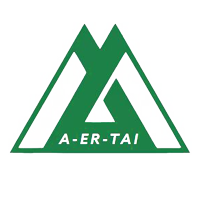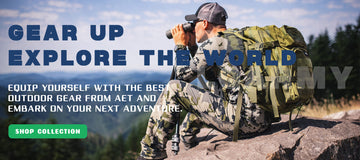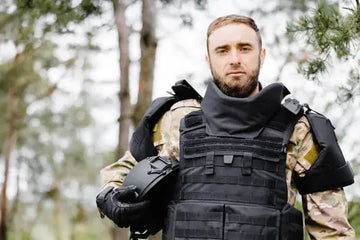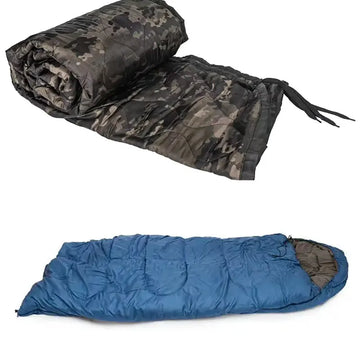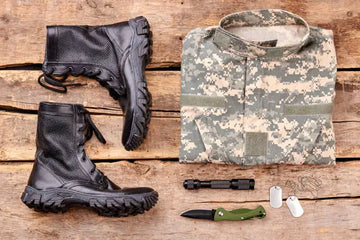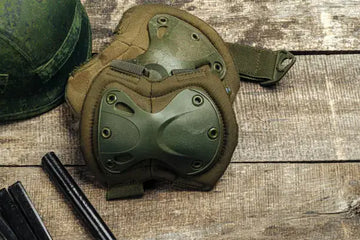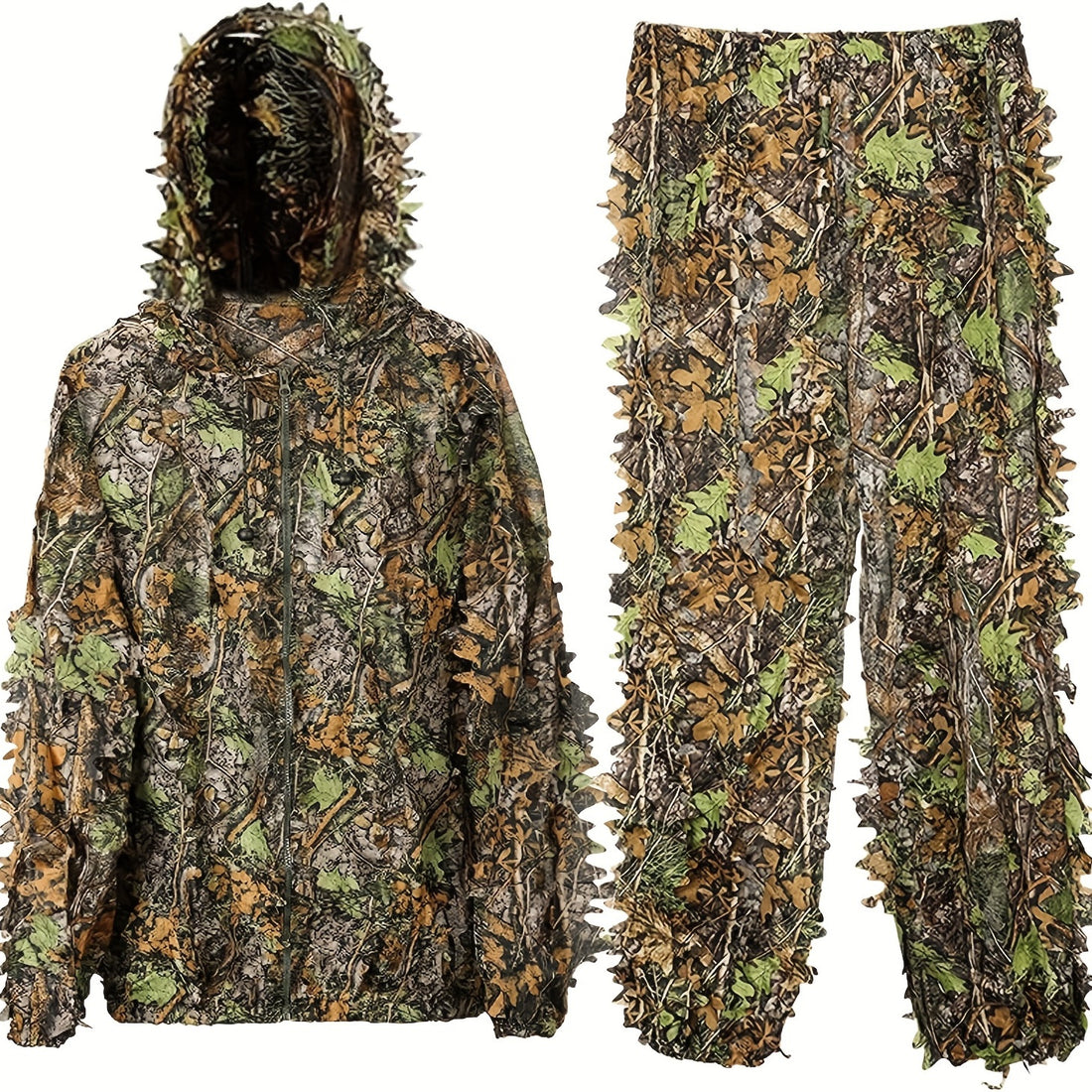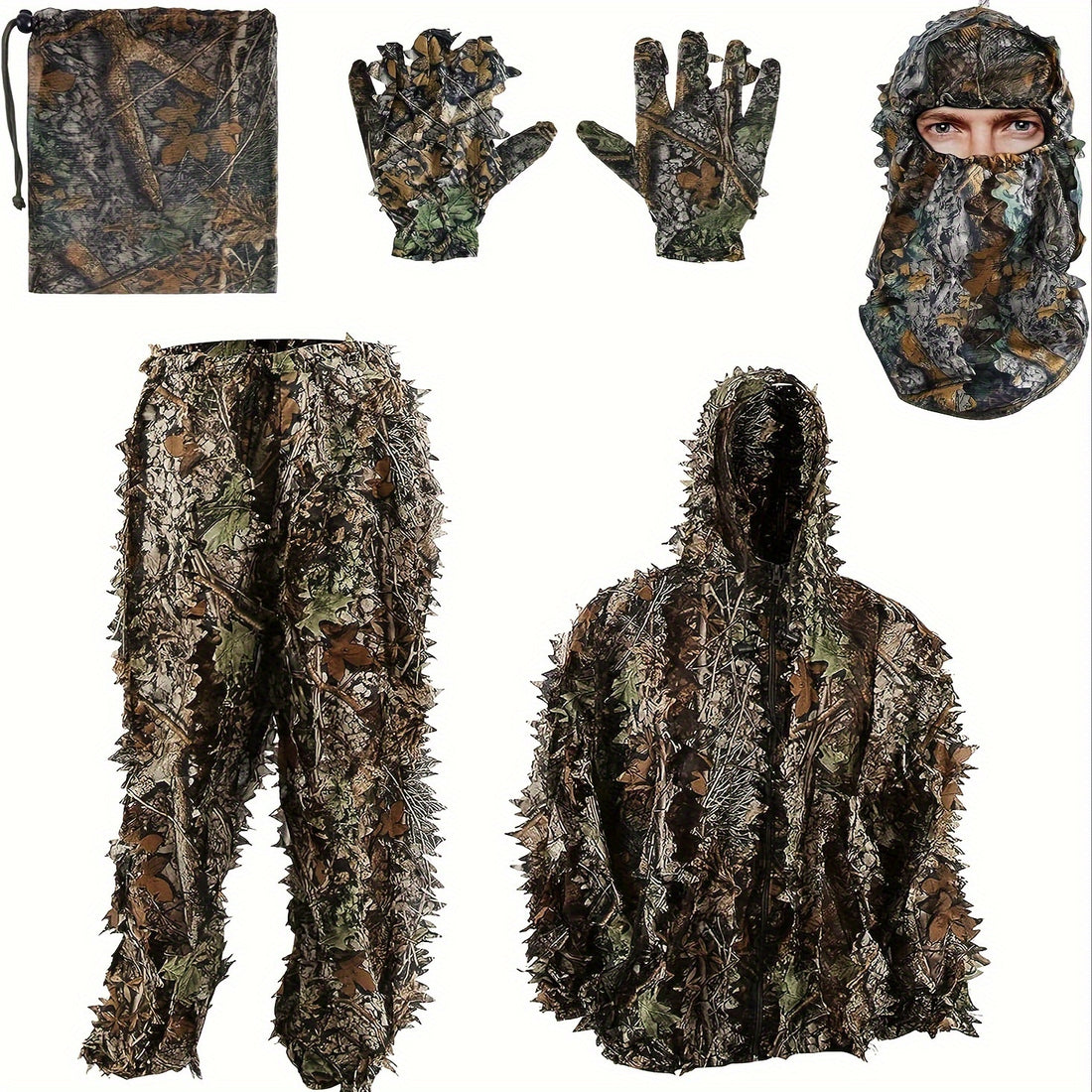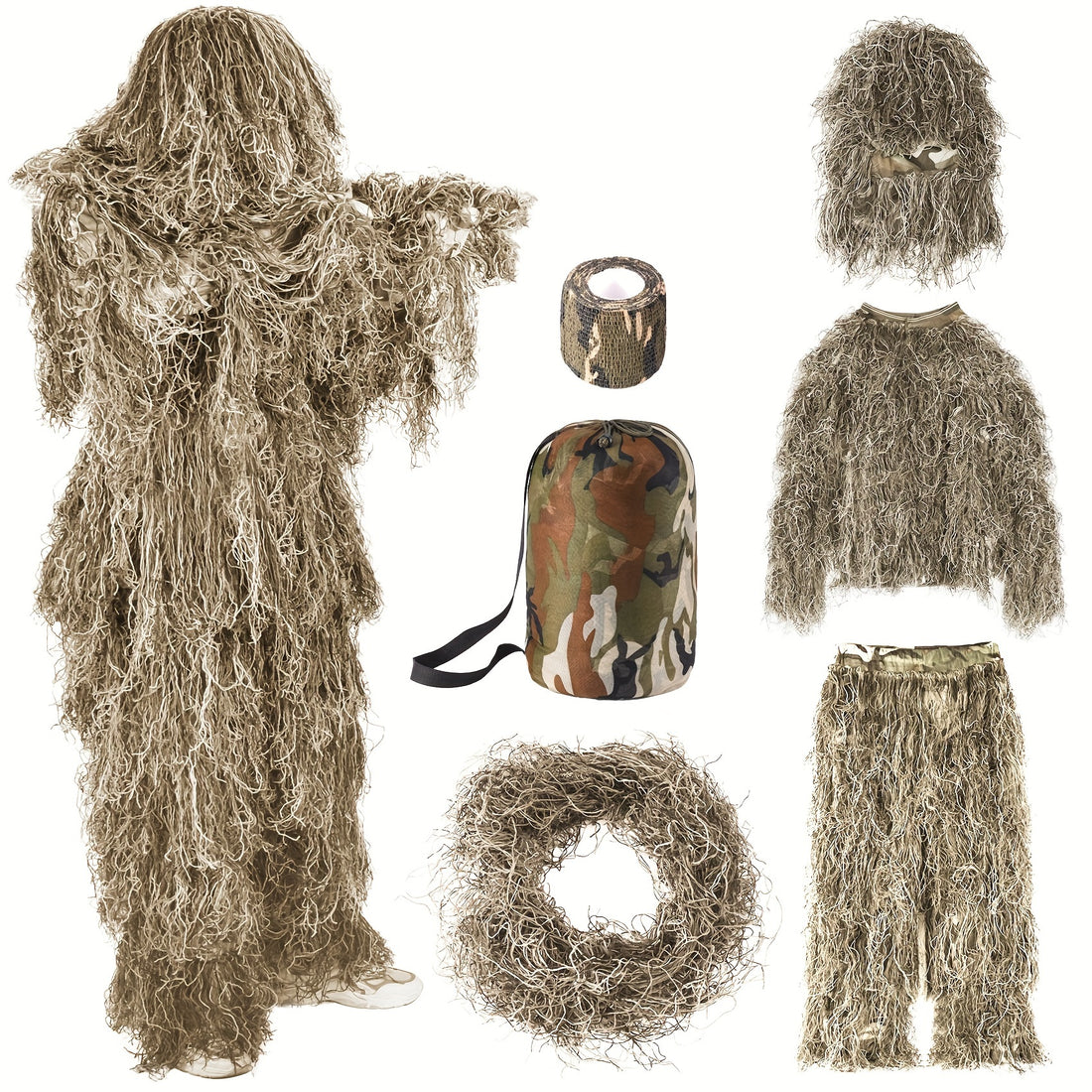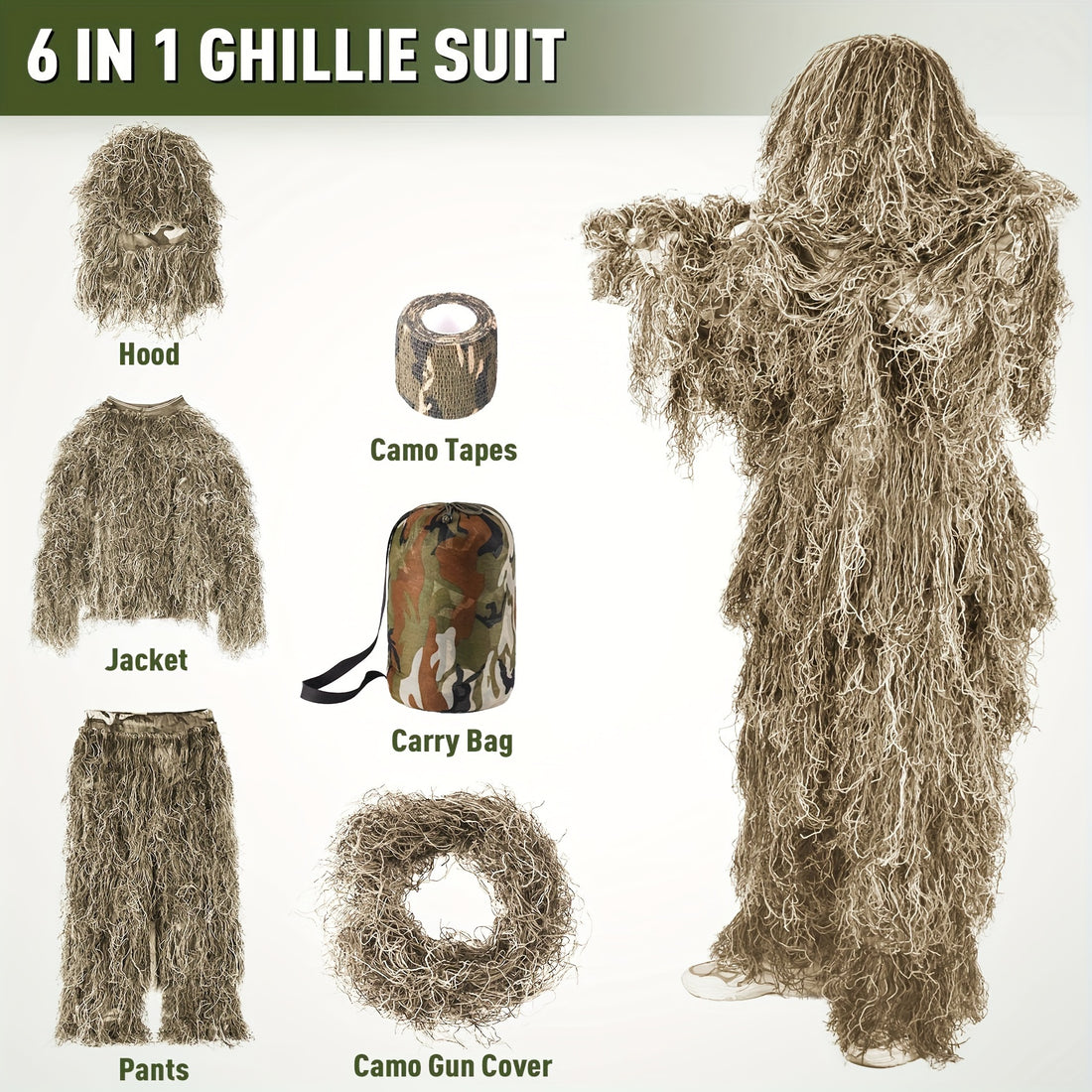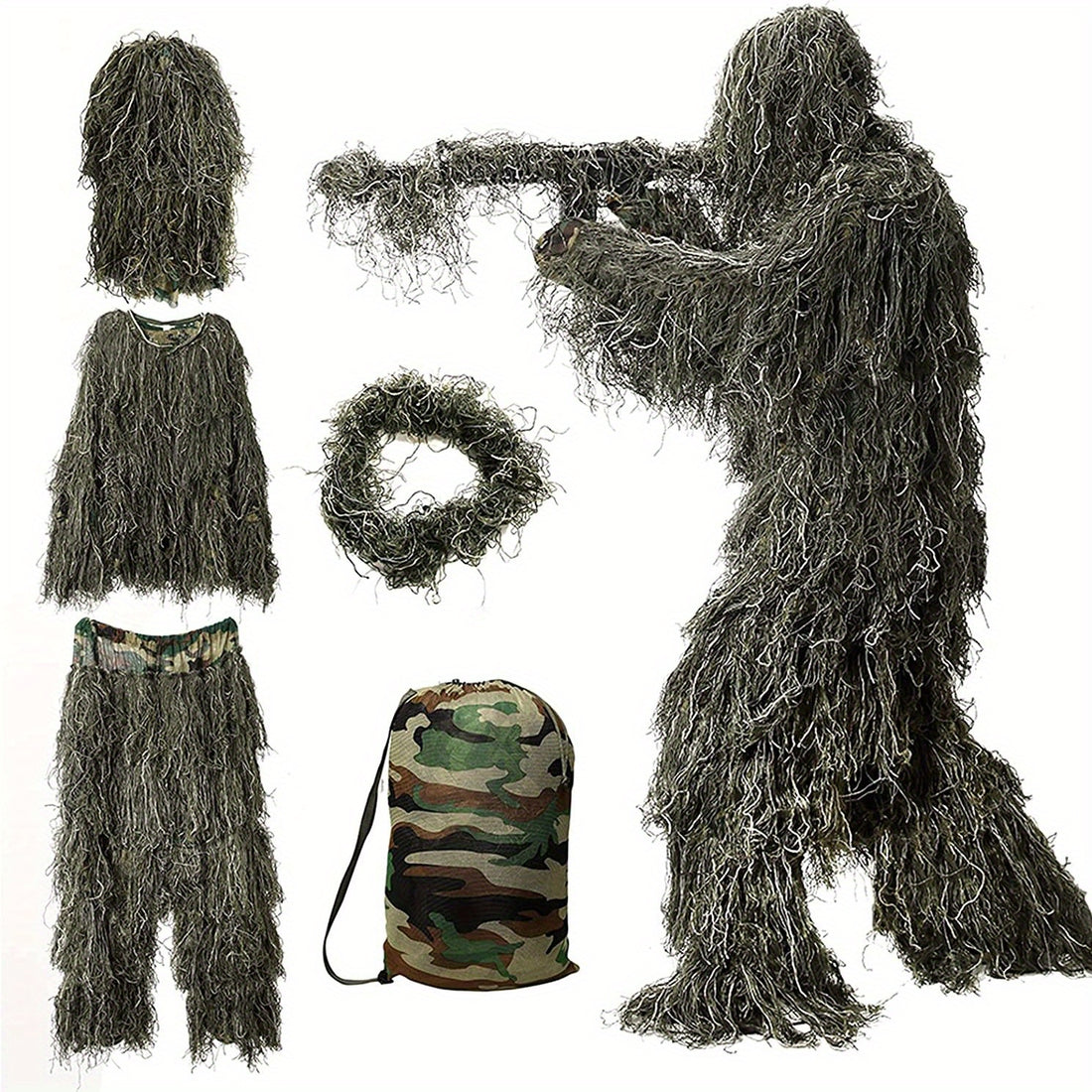In this blog, we'll show you setups for different needs, ensuring you have the right gear for your needs.
Minimalist Plate Carrier Setup
For those who value mobility and lightweight gear, a minimalist setup is ideal. This setup focuses on essential items, reducing bulk without sacrificing functionality.Essential Items:
- Plates: Opt for lightweight, multi-curve plates that offer mobility without compromising protection. Look for plates made from materials like polyethylene or ceramic composite.
- Mag Pouches: Carry 2-3 magazines. Choose low-profile pouches to minimize bulk. Elastic pouches are a great option for retaining mags securely while keeping a slim profile.
- IFAK (Individual First Aid Kit): Include essentials like a tourniquet, bandages, chest seals, and hemostatic agents. Place it within easy reach, ideally on the front of the carrier.
- Radio Pouch: A compact radio pouch for communication is crucial. Ensure it is positioned for easy access.
- Hydration: Attach a slim hydration carrier or use a bladder integrated into the plate carrier to stay hydrated without adding much weight. Look for hydration carriers that are easy to refill and clean.
This setup is perfect for fast-paced environments where speed and agility are paramount. It's designed to keep you light on your feet and ready for action.
Special Forces Plate Carrier Setup
Special forces require a setup that combines heavy-duty protection with a range of tactical tools. Every item should serve a specific purpose, tailored to high-risk operations.
Essential Items:
- Plates: Use Level IV plates for maximum protection against rifle rounds. Consider standalone plates that do not require a soft armor backer.
- Mag Pouches: Carry at least 4-6 magazines for extended firefights. Use double-stack mag pouches to maximize space.
- IFAK: A comprehensive medical kit including advanced trauma supplies like decompression needles, chest seals, tourniquets, and clotting agents.
- Radio and Communication Gear: Multiple radios and antennas for secure communication. Ensure redundancy with backup communication devices.
- Hydration and Nutrition: Include a hydration bladder and space for energy bars or gels. Consider a small, easily accessible snack pouch.
- Utility Pouches: For storing multi-tools, extra batteries, zip ties, and other essentials. Ensure they are MOLLE compatible for customization.
- Grenade Pouches: Depending on mission requirements, include pouches for fragmentation and smoke grenades. Position them for quick access.
Every piece of gear should be easily accessible, ensuring quick response times in critical situations. This setup is tailored for versatility and readiness in unpredictable environments.
Police Plate Carrier Setup
Police officers need a balance between protection and accessibility, with gear tailored for law enforcement duties.
Essential Items:
- Plates: Level III or IIIA plates, balancing protection and weight. Consider plates with trauma pads to reduce blunt force impact.
- Mag Pouches: 2-3 magazines, enough for immediate engagements. Use quick-release mag pouches for rapid reloads.
- IFAK: Basic first aid supplies tailored to treating trauma quickly, including tourniquets, gauze, and chest seals.
- Radio: Reliable communication gear for coordination, positioned for easy use.
- Body Camera: Often required for recording interactions. Ensure it's mounted securely and does not obstruct movement.
- Utility Pouches: For carrying handcuffs, flashlights, extra gloves, and notepads. Use tear-away pouches for quick access.
- OC Spray and Baton: Non-lethal options for controlling suspects. Position them where they can be easily reached without interfering with other gear.
This setup ensures officers have the necessary tools while maintaining mobility and comfort during patrols. It's designed to support quick response and versatile functionality.
Tactical Plate Carrier Setup
For tactical scenarios like SWAT operations or security details, a more robust setup is necessary. This configuration should handle a variety of situations.
Essential Items:
- Plates: Level IV plates for high-threat environments. Consider plates with spall coating to reduce fragmentation.
- Mag Pouches: 4-6 magazines to handle prolonged engagements. Use secure retention systems to prevent mag loss.
- IFAK: Advanced medical supplies for immediate care, including airway management tools and hemostatic agents.
- Radio: Secure, encrypted communication devices. Ensure redundancy with backup radios.
- Breaching Tools: Attach pouches for small breaching tools like a sledgehammer, bolt cutters, or a Halligan tool. Ensure they are securely fastened to prevent movement.
- Hydration: A durable hydration system for extended missions. Consider insulated hydration bladders to keep water cool.
- Flashbang and Smoke Grenades: For disorientation and concealment. Use secure pouches with quick-release mechanisms.
This setup provides versatility and readiness for various tactical operations. It ensures that all essential tools are at your disposal without compromising mobility.
Civilian Plate Carrier Setup
Civilians preparing for emergencies or home defense need a setup that is practical and easy to manage.
Essential Items:
- Plates: Level III plates, offering a good balance of protection and weight. Ensure they fit well within the carrier for comfort.
- Mag Pouches: 2-3 magazines, enough for self-defense. Use simple, reliable retention systems for ease of use.
- IFAK: Basic medical supplies for treating common injuries, including bandages, tourniquets, and antiseptic wipes.
- Radio or Phone Holder: For emergency communication. Position it for quick access.
- Flashlight: A reliable light source for low-visibility situations. Consider rechargeable flashlights with multiple brightness settings.
- Utility Pouches: For carrying everyday essentials like a multi-tool, extra batteries, and a small knife.
- Extra Ammunition: Stored in an accessible but secure location. Use a small pouch or belt-mounted holder.
This setup ensures civilians can react quickly to threats while maintaining a manageable loadout. It's designed to be ready at a moment's notice and provide peace of mind.
Conclusion
In conclusion, tailoring your plate carrier setup to your specific needs is essential for ensuring efficiency and safety. By considering the unique requirements of each scenario, you can achieve an optimal configuration that enhances your performance and protection.
Whether in the field, on duty, or preparing for emergencies, the right setup will make a significant difference. Equip yourself wisely and stay prepared for any situation.
